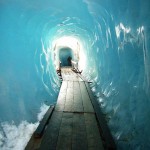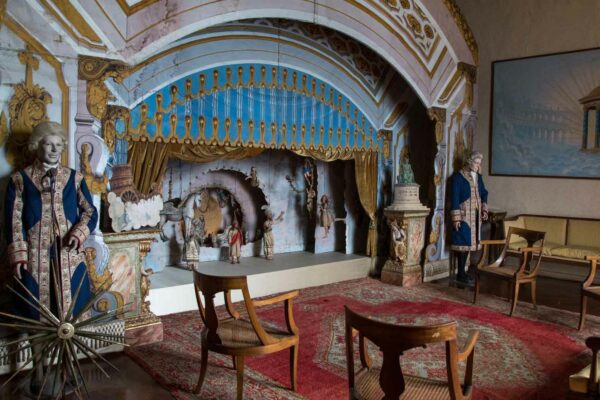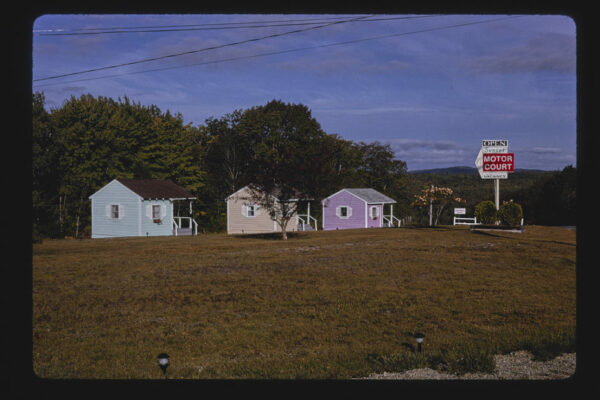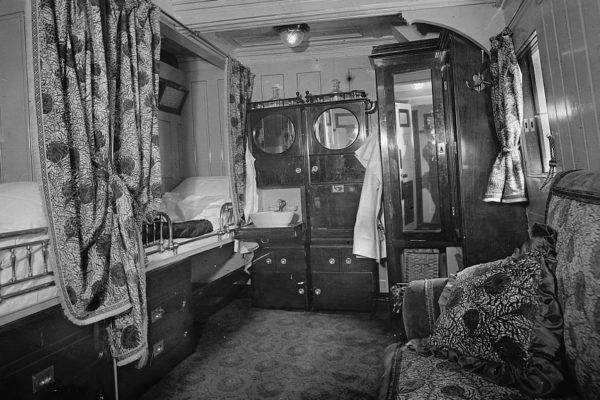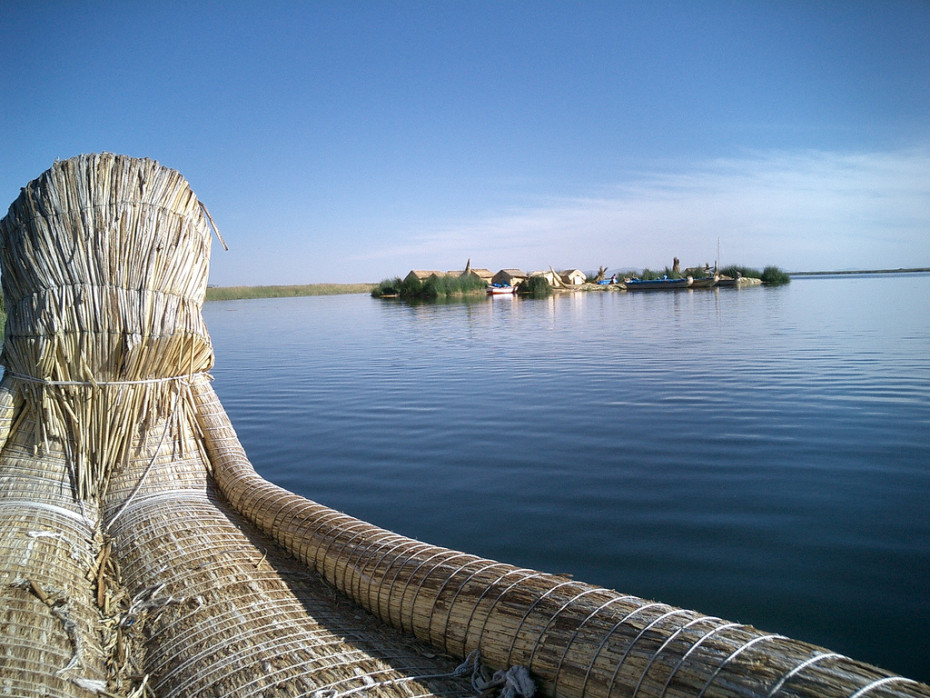
Once again, today the internet has taken me to a place no geography or history ever did. Floating out into the middle of the Lake Titicaca between Peru and Bolivia, figures are seemingly drifting amongst the reeds and mythical creatures guarding what look like islands made of straw on the water…
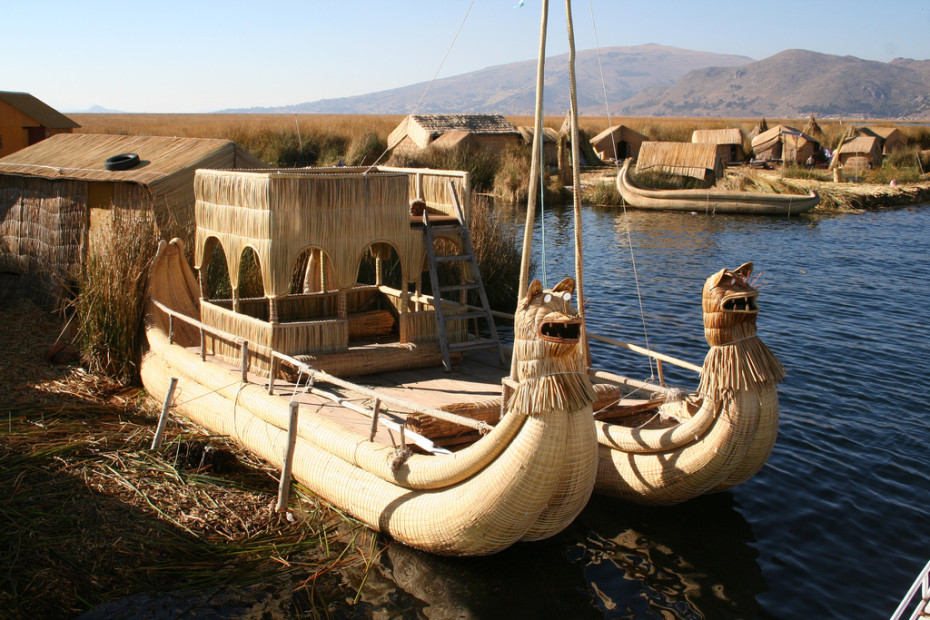
On my internet wanderings, I’ve stumbled upon the ancient tribe of the Uros, dwellers of mad-made floating moveable islands, considered by some as the hidden seventh wonder of South America.
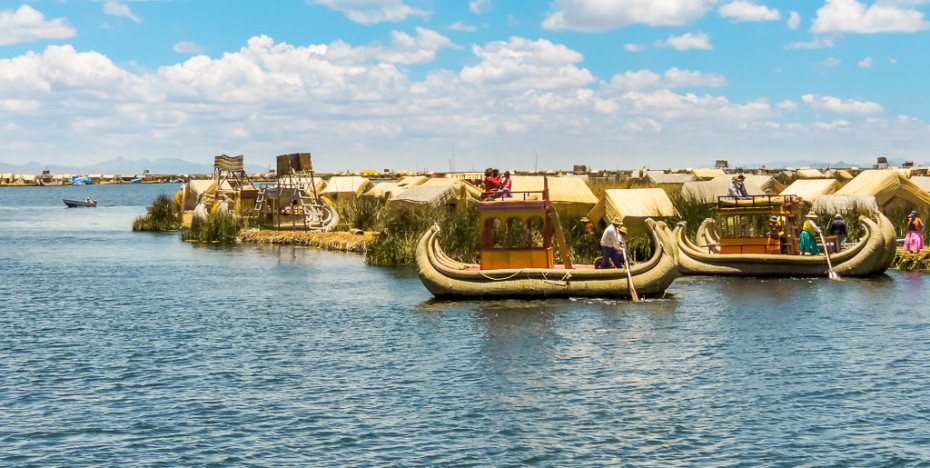
There are more than forty of these islands, which the Uros people have fashioned entirely out of thin water reeds, harvested for centuries in the shallow fresh waters of Lake Titicaca to build their homes and boats. They even eat the reeds as part of their diet.
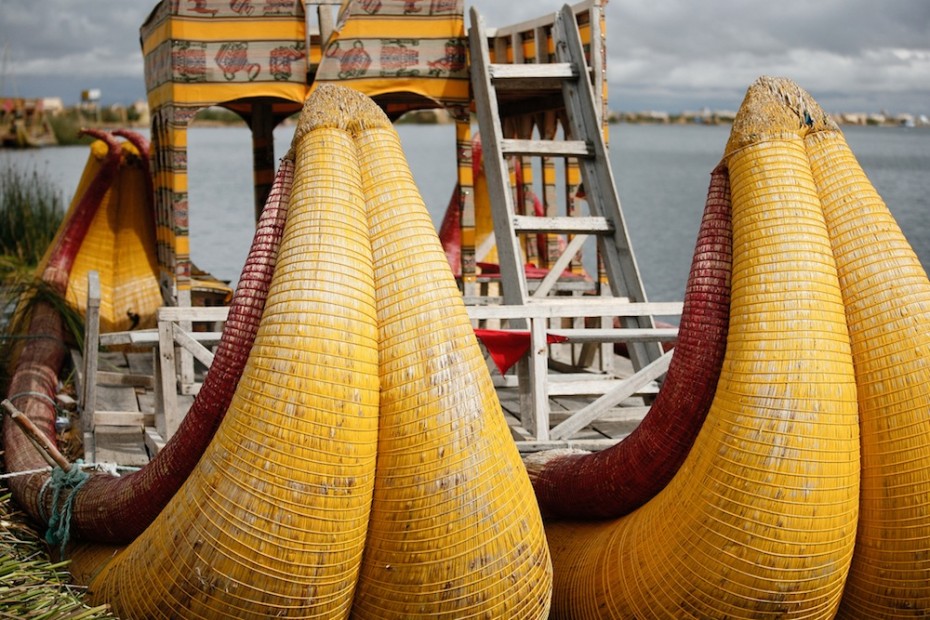
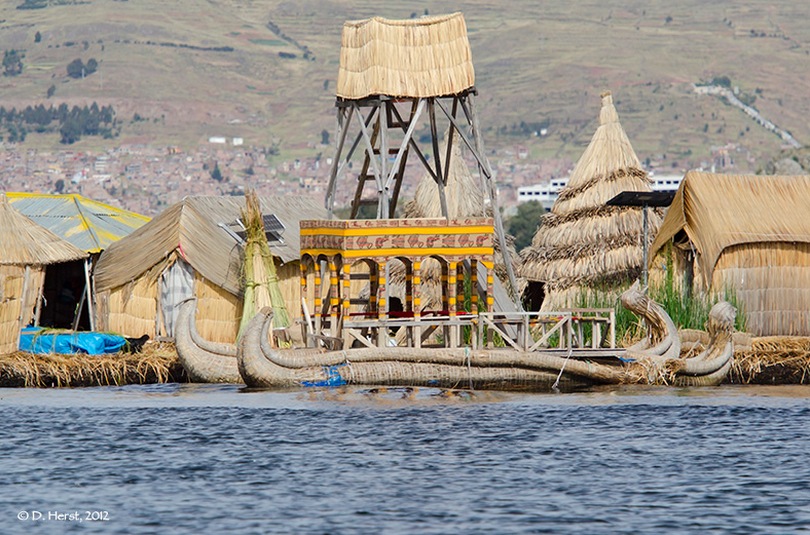
Islands (or shall we call them islets?) are each about 50 feet by 50 feet in size and usually accommodate around a dozen members of an extended family inside several thatched huts. When setting foot on one, it’s like boarding a giant sponge, and each step will see your foot sink about 2-4″.
The reeds become dry during summer, rot during rainy seasons and break up more and more with every footstep, making the upkeep of the islands a full time job. They usually have to be completely rebuilt every 30 years.
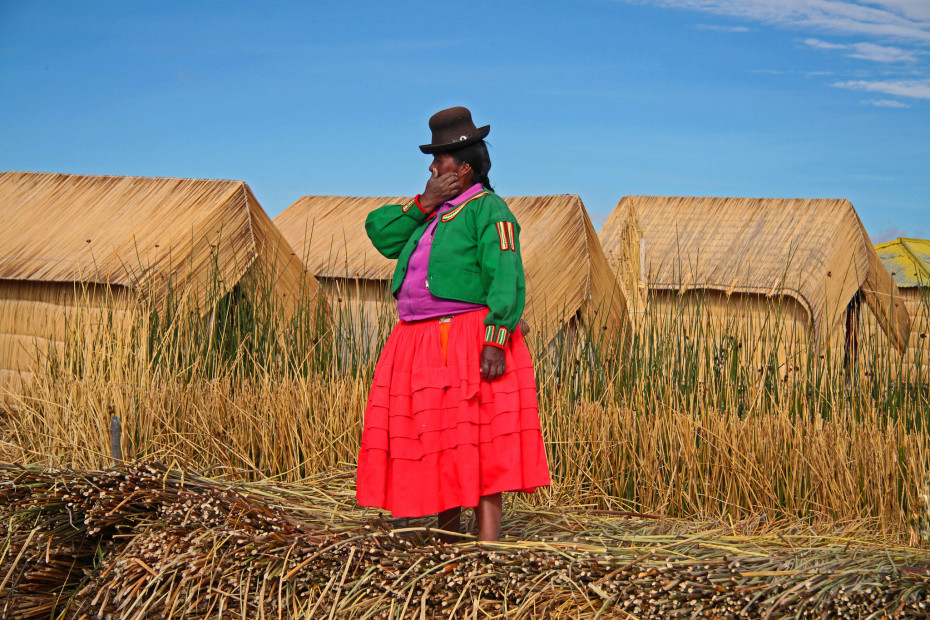
So why not just stick to dry land?
It’s believed that sometime around the 13th century, the Uros tribe essentially found themselves homeless on the shores of Lake Titcaca. Their exact origins remain unclear but athropologists suggest they migrated out of the Amazon after the Incas forced them from their land, only to be oppressed by other local populations. And so, unable to find a home on dry land, they bravely took to the water.
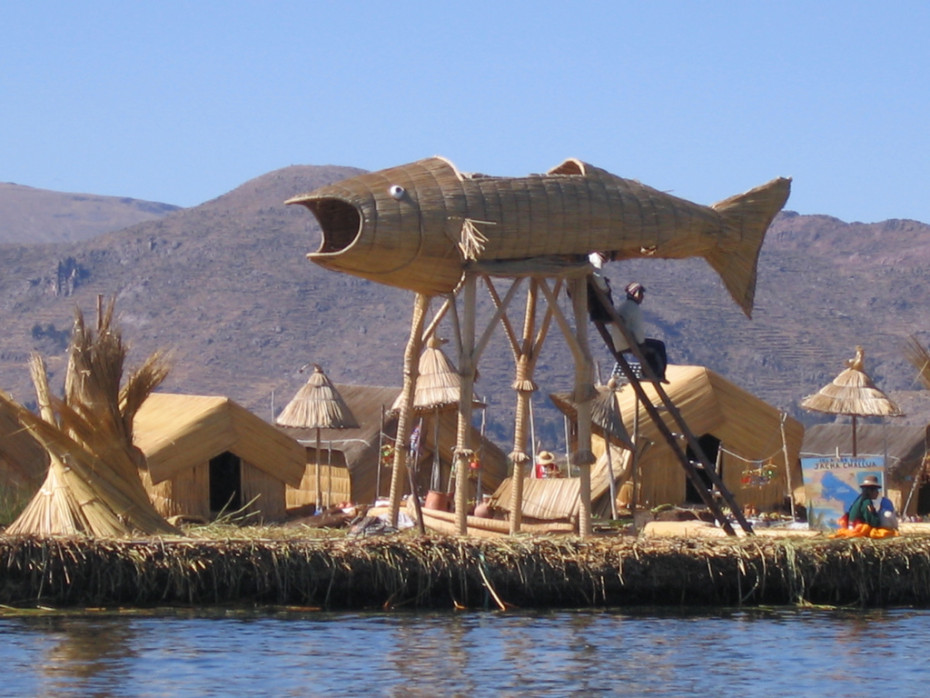
From a defence standpoint, it wasn’t such a bad idea. If a threat arose, which wasn’t uncommon, they could simply float away in the other direction. Even the largest of the Uros islets still has a defence watchtower, entirely constructed out of reeds.
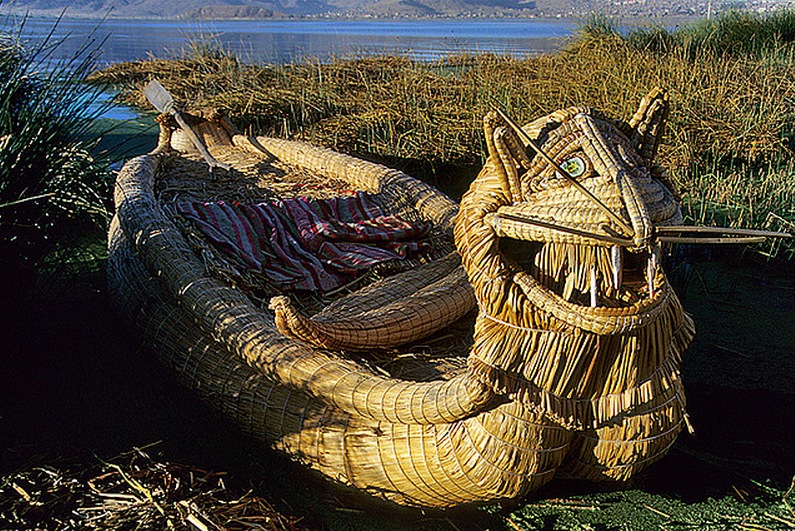
The Uros used to say that they have black blood because they did not feel the cold of the waters and call themselves “Lupihaques” (sons of the sun).
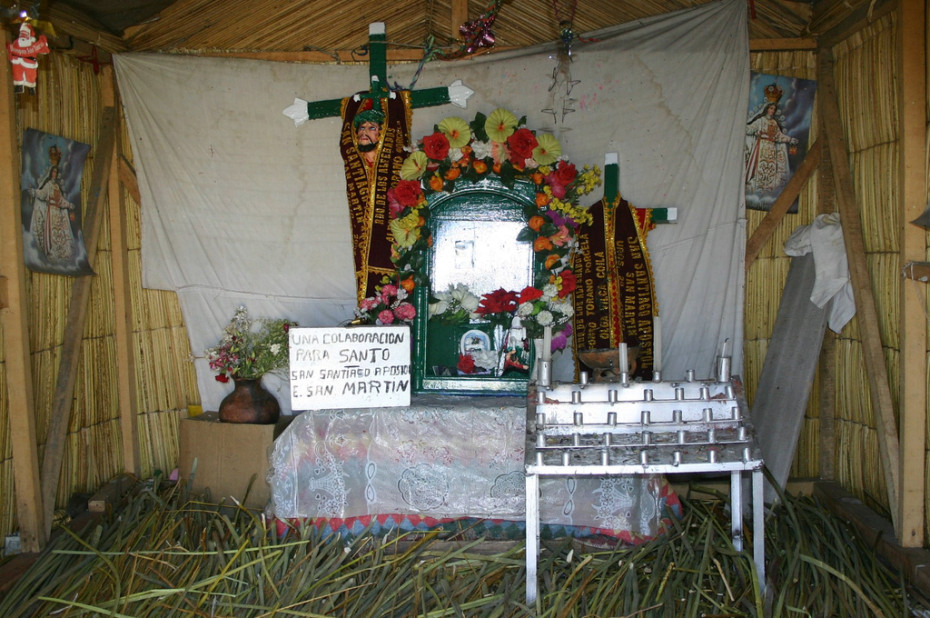
Hundreds of years later, incredibly, the Uros islands are still afloat. Until the 1980s, they continued to live in relative isolation, about 9 miles out from shore, but in 1986, a devastating storm destroyed their floating homes and they were forced to rebuild closer to the mainland.
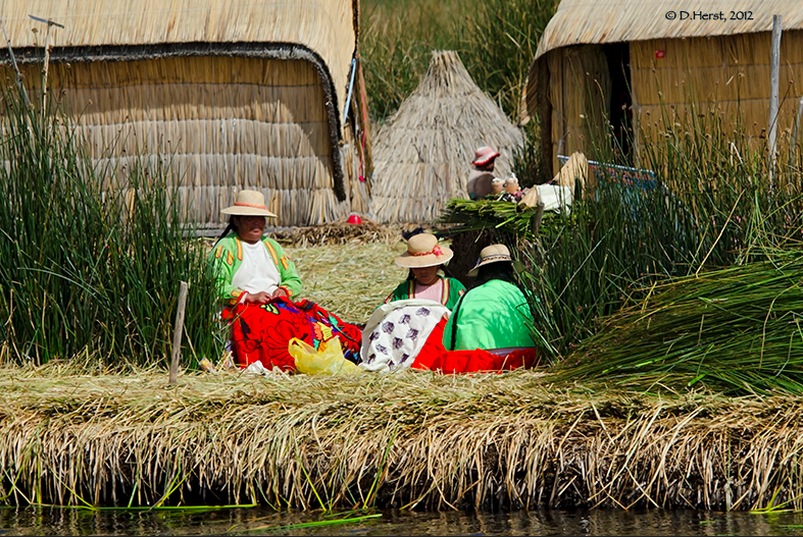
Now in sight of the largest city on the lake, Puno, the tribe and its “indigenous” way of life became the subject of curiosity from outsiders, luring the Uros people into the modern world. Puno fisherman began offering tours to the islands on their boats and before long, a thriving little tourism industry was born.
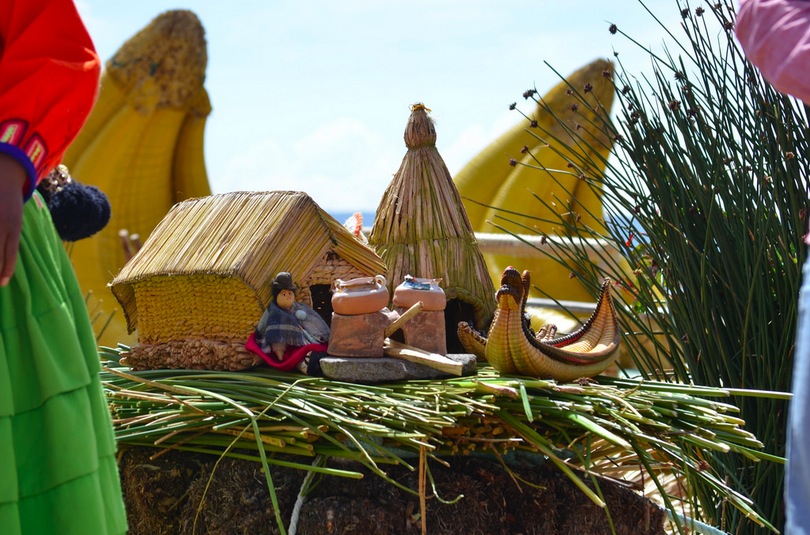
The Uros tribe was initially reluctant to welcome the invasion of visitors who came to observe them in their daily tasks of fishing, hunting and weaving. Yes, they could have moved their floating island homes away from the tourist boats, but having had a taste of the securities the mainland provided (don’t forget schooling for the children), it would have meant returning to a life of poverty and hunger.
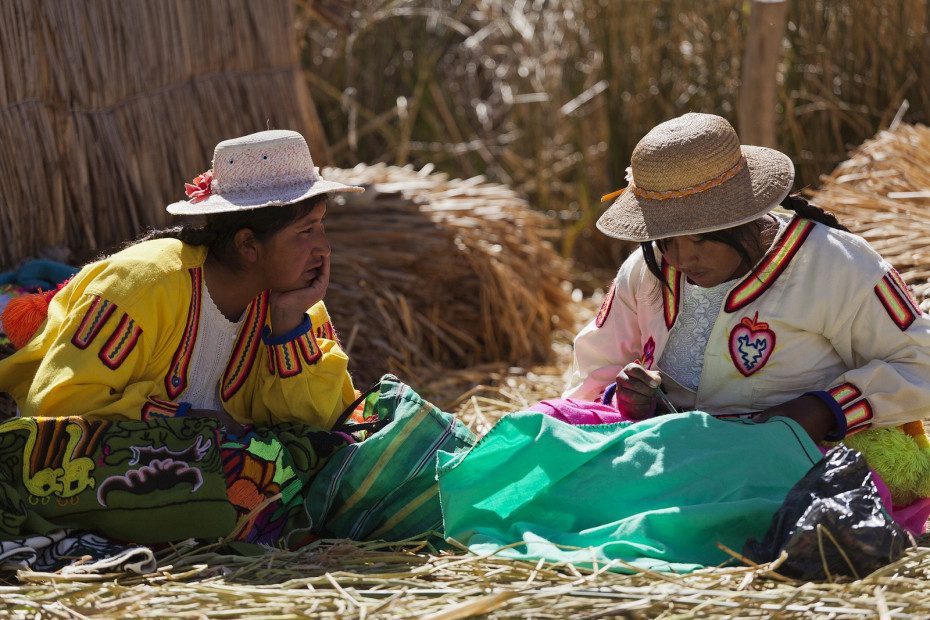
They soon realised that for the time being, the money they earned from the tours also allowed them to preserve and celebrate their culture and sustain their way of life.
The price, however, is having an audience watch them do it.
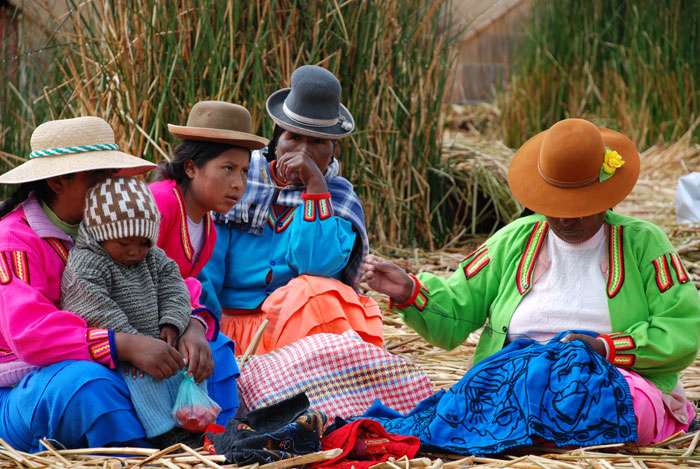
Of the estimated 1,200 Uros people, around 200 of them decided to move their islets further away from the mainland’s influence and continue living simply as fishermen in isolation.
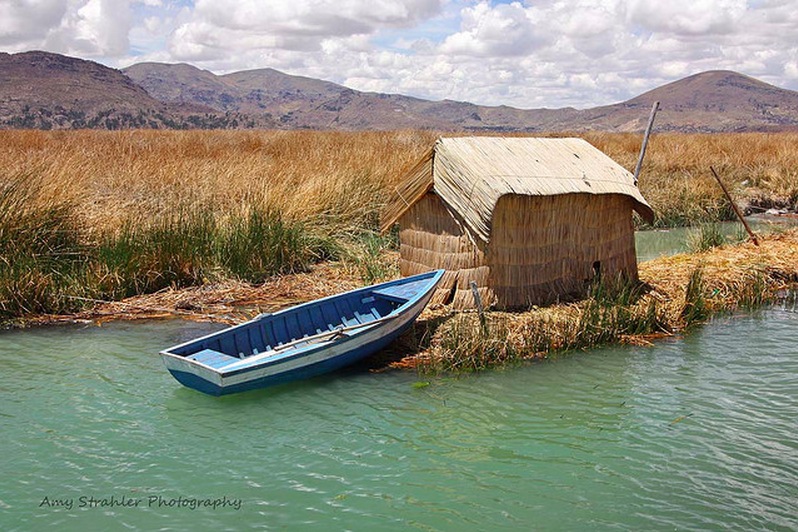
The rest of the floating habitats and their families have have stayed close to Puno to tell their story to visitors, sell their woven crafts and textiles and even welcome guests overnight in recent years.
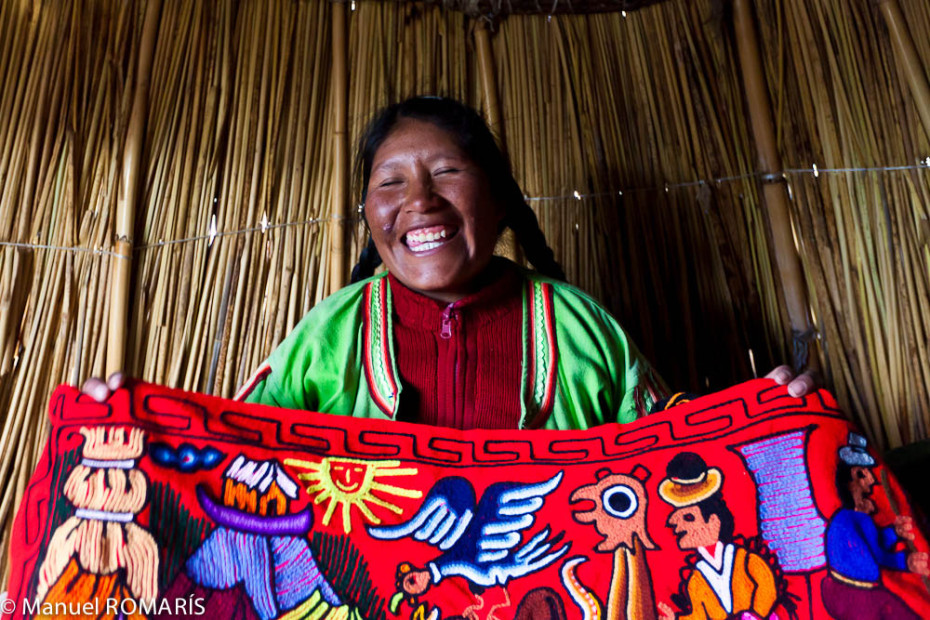
The tribe has begun erecting tiny “hotels” on the islands for travellers seeking a more ‘immersive’ experience of the Uros island life.

You’ll get a straw bed in a colourful hut for the night, a simple fish & quinoa dinner around the fire and an early start with the fisherman at dawn to watch the sunrise over the lake.
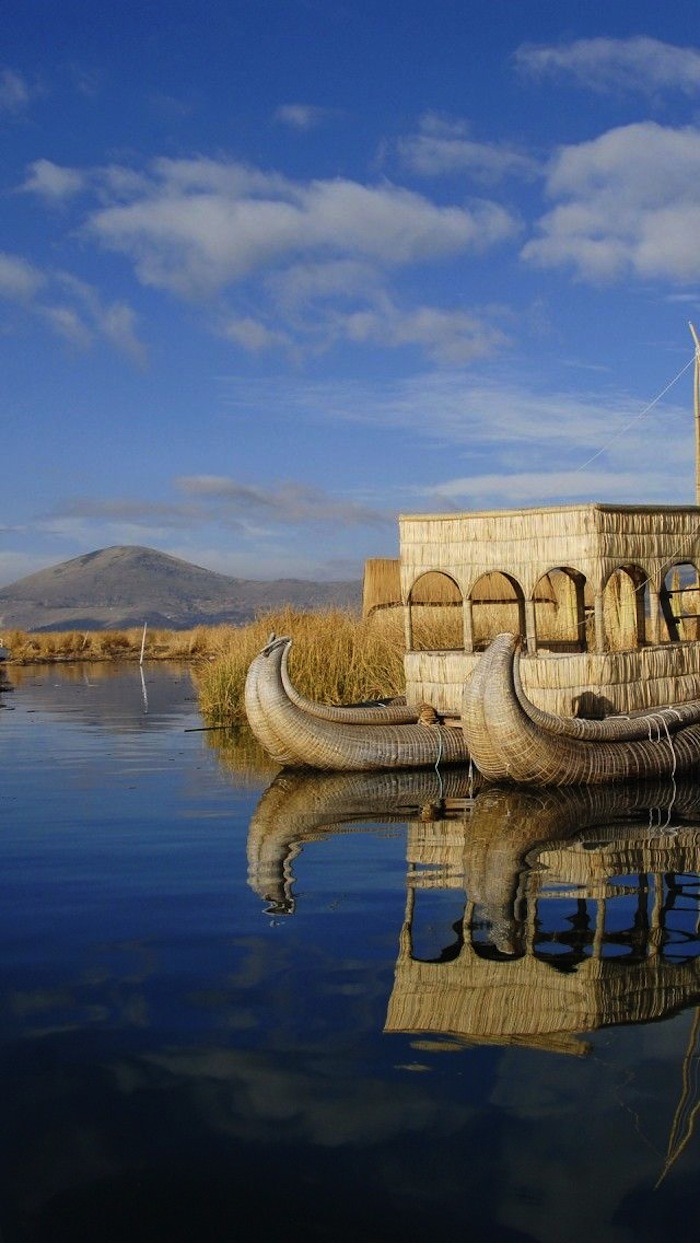
Admittedly, it does sound like the experience of a lifetime. But nagging at the back of my mind is the worry that for every tour boat of outsiders that descends on the islands, will one more native Uros not be persuaded to leave with it back to the mainland, leaving behind their ancient way of life for good?
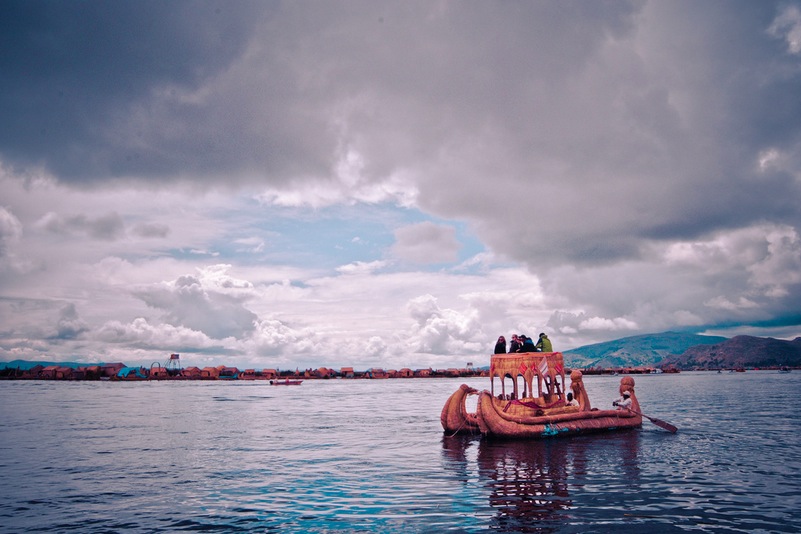
Or is that just the inevitable natural progression of mankind? Cultures move on– and become “Disney-fied” so we can remember them.
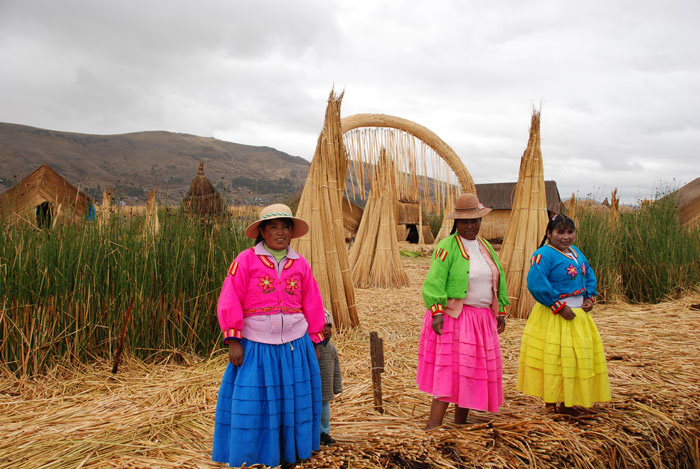
Personally, I’d feel conflicted about travelling so far in search of something unique and authentic, only to find myself back on the tourist trail, sitting on the that tourist boat, floating towards an ancient culture that used to do just fine without us. Which is perhaps the reason why some things are just better “visited” from afar. Like on the internet.
Images via Flickr


